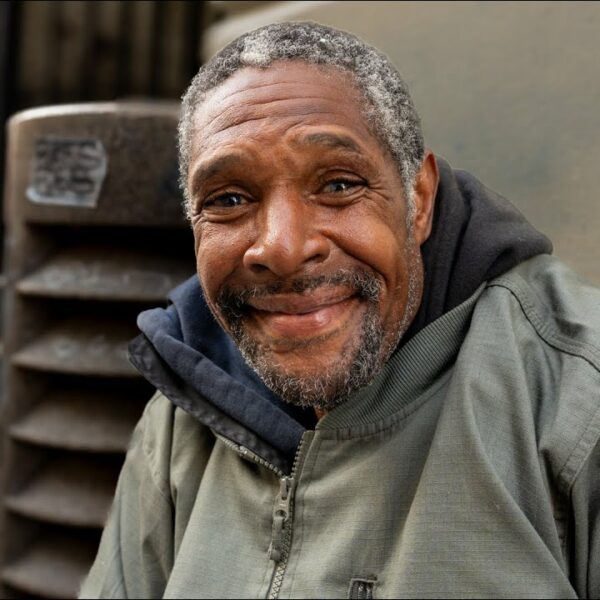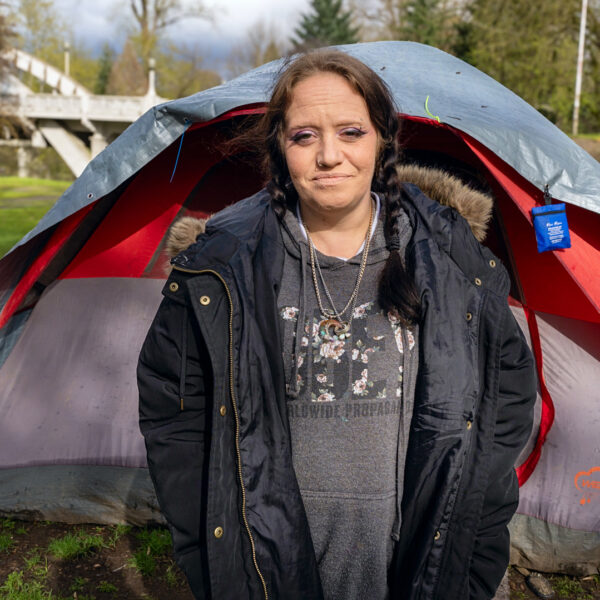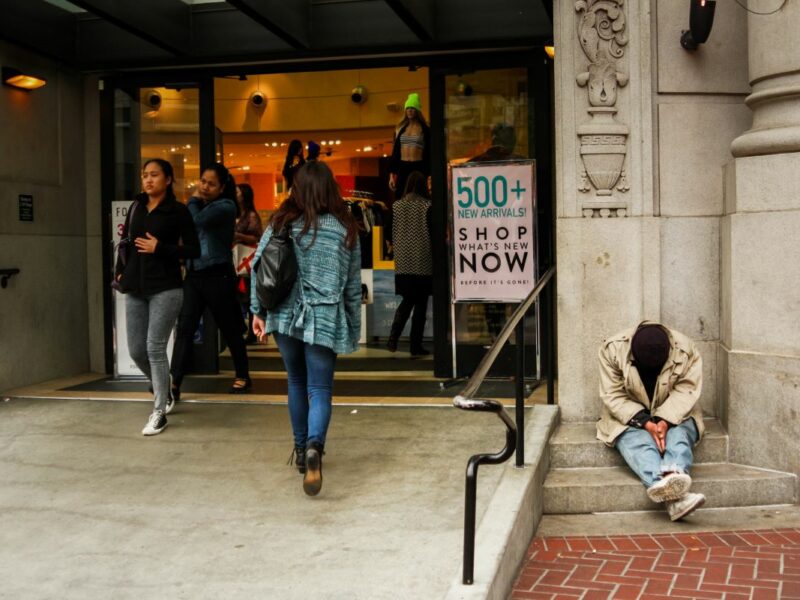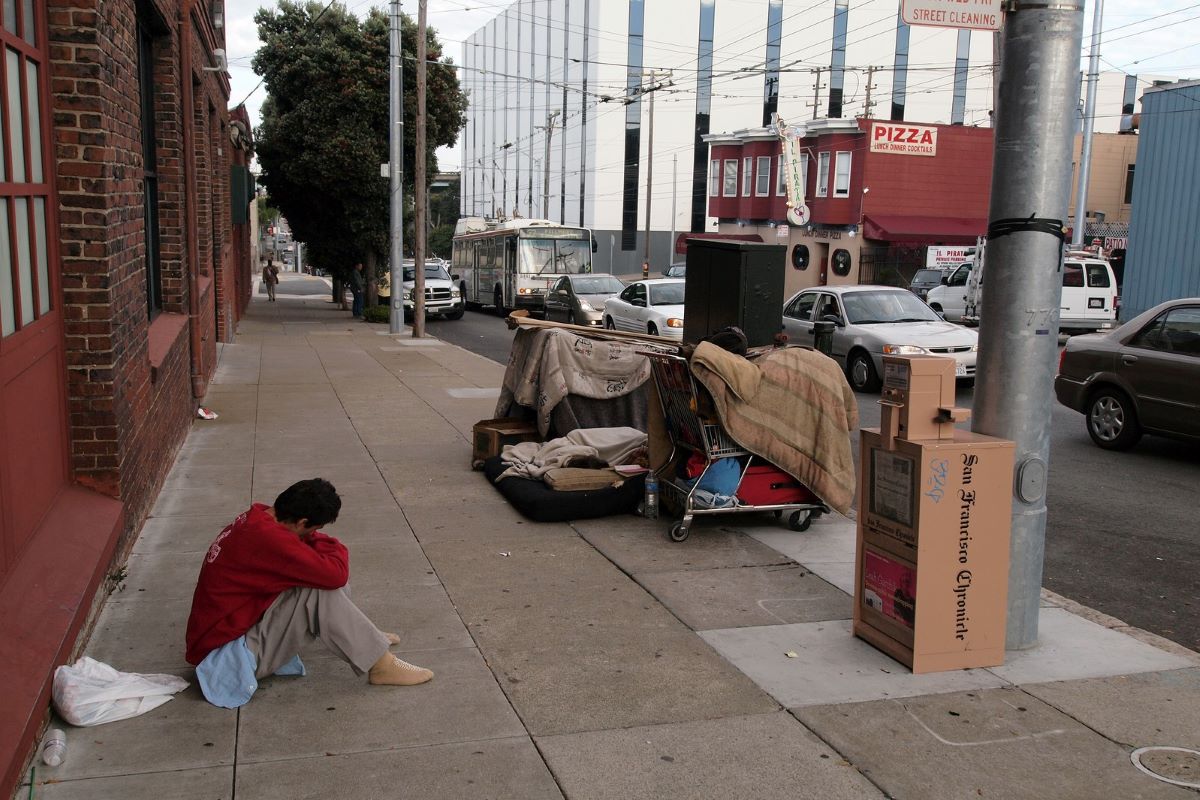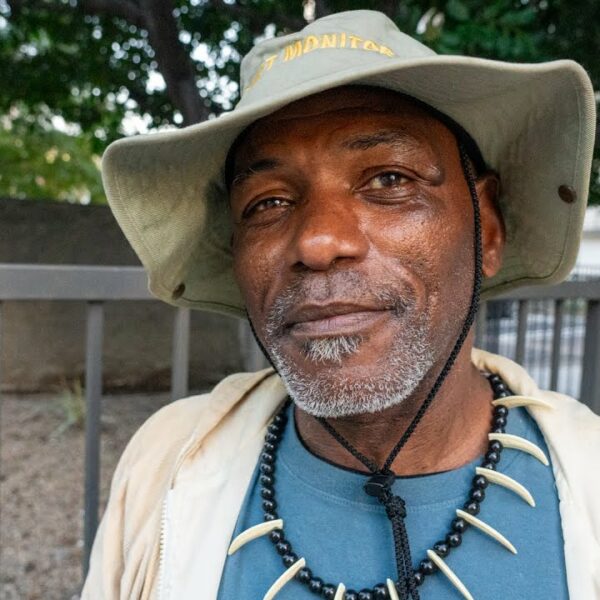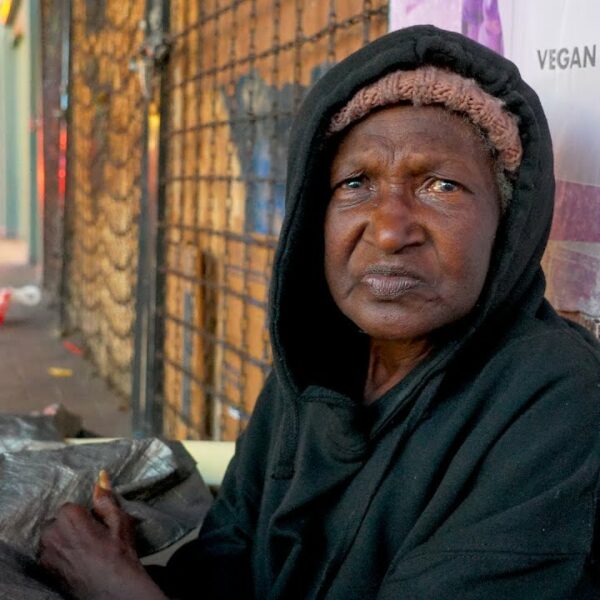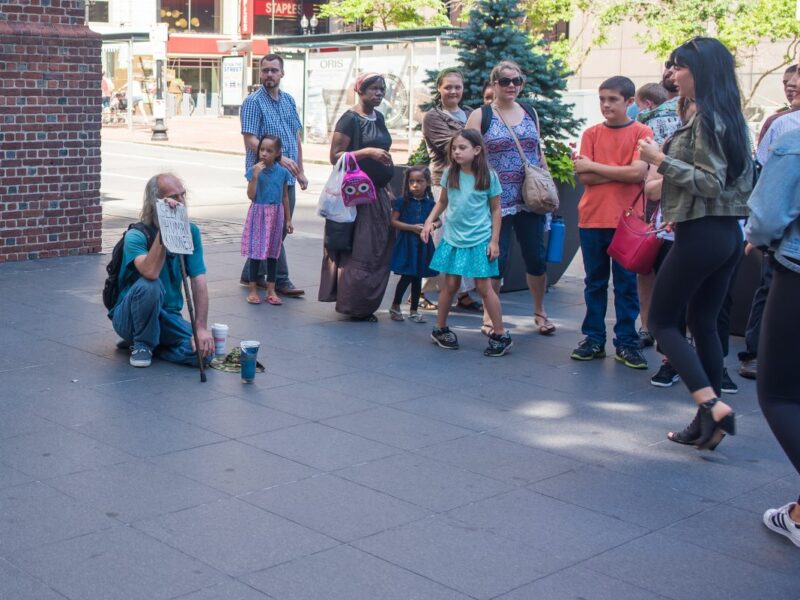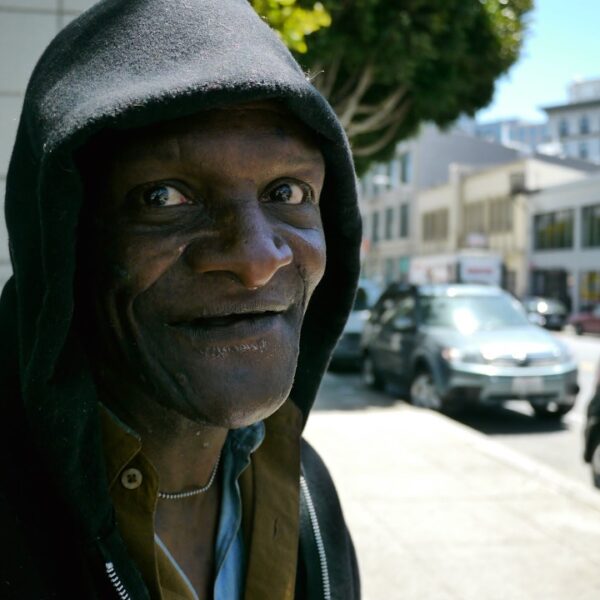I’ve studied San Francisco’s homeless counts for over a decade, and even volunteered one year. The City performs these enumerations every other year as a reporting requirement for a U.S. Housing and Urban Development Department grant.
In the middle of the July Fourth holiday period, the SF Department of Homelessness and Supportive Housing dropped a full report of the numbers. Predictably, it found more people living without stable housing this year than in 2017. At first, the department placed the number at 8,011 in May. But buried in the report, it added another 1,773, bringing the total to 9,784.
By its own admission, the department says the final number is a lowball figure, with much more than what’s reported. That’s because of the way the count is done. It’s performed by city employees and volunteers on a single night in January. They fan out on the streets and do what’s essentially a spot-check of unsheltered people. Basically, whoever looks homeless. Furthermore, they’re discouraged from interacting with people on the street. The Coalition on Homelessness (COH), a local advocacy group, released the following video where a puppet named Sweepy learns about the count’s methodological flaws.
There Are Two Sets of Numbers, But Why?
San Francisco released two sets of figures: one sent to HUD that meets the federal definition of homelessness; and another adjusted count that partially explains why it’s higher than initially reported. The second number, published as a supplemental count in an appendix to the point-in-time report, is essentially a CYA (cover your ass) measure.
Here, what was first reported as a 17% increase in the homeless population since 2017 becomes a 30% spike when people in jails, hospitals and residential facilities who report themselves as homeless are added.
At first blush, that 30% rise is a shocker. But when ever-widening economic inequality (reflected by the Bay Area’s astronomical housing costs) is taken into account, it’s easy to see how that could happen.
The biggest revelation to me is 31% of the sample reported experiencing homelessness for the first time. That makes sense when coupled with recurring findings of 70% of people in San Francisco becoming homeless while living in the city.
Families Are Being Undercounted, Too
Also noteworthy, and overlooked by most, is homelessness among families. Since 2015, the number of homeless families with children has hovered around 200. This year, San Francisco reported 201 families comprising of 612 family members, with mixed-race and African American households predominating.
But according to COH, families are undercounted, too. COH says that number would jump to 1,500, based on estimates from service providers and advocates for hotel-dwelling families. Also, Compass Family Services reported 614 individuals on a family shelter waitlist as of the end of May. Only 85 emergency beds were available.
By counting only families in shelters and transitional programs, the City missed families doubled up with relatives and friends or living in residential hotels.
What the tally, and the City’s reaction to it shows is increased visibility of unhoused people is a source of embarrassment to the City and County of San Francisco. But no matter how it spins this year’s count, San Francisco must find ways to house displaced people, keep already-housed folks in their homes and address the underlying issues behind the crisis.



